


Clean water and sanitation
Water, sanitation, and hygiene: essential for well-being
Access to drinking water and sanitation is a fundamental human right. Achieving universal, adequate, and equitable access to safely managed water and sanitation services is at the core of sustainable development. This is reflected in SDG 6.
The importance of good hygiene through handwashing and access to clean water has been further highlighted by the COVID-19 pandemic. Despite progress over the past few decades, billions of people worldwide still lack access to clean water and sanitation, with only 10 years left to achieve SDG 6.
Water and sanitation: vital for health, the environment and sustainable development
Around the world, people access water (SDG target 6.1) in many ways. These are categorized into five tiers of access.
Access to safely managed drinking water has steadily increased over the past two decades
Access to drinking water by tier (% of global population)
Source: WHO/UNICEF JMP for Water Supply, Sanitation and Hygiene. WDI (SH.H2O.SMDW.ZS; SH.H2O.BASW.ZS)
SDG target 6.1 aims for everyone to have access to safely managed drinking water, which means an improved water source (such as a pipe, borehole, or protected well) that is near one's home, with water available throughout the day and free from contamination.
In 2017, 71 percent of households, with 5.3 billion people, met this criteria, up from 61 percent in 2000.
Another 19 percent of households, with roughly 1.4 billion people, have access only to basic water services, which means an improved water source with a roundtrip collection time of less than 30 minutes. However, the source is not on their household premises, and its water quality is not guaranteed.
In 2017, 785 million people still lacked access to even basic water services.
They may rely on an improved water source that is more than 30 minutes roundtrip away—limited water. They may have no access at all to an improved water source, relying instead on an unimproved source such as an unprotected spring or wells. Or they may use surface water—for example, rivers and dams—directly.
Safely managed water is a demanding standard. For many low- and middle-income countries the priority remains expanding access to basic water services. The top two tiers of service, safely managed and basic water, are often grouped together as “at least basic drinking-water services.”
This combined indicator is particularly important for tracking how access to drinking water is met across different segments of society. “No one left behind” is a fundamental premise of the SDGs, but in reality, access differs widely across the population, depending on where people live or their income level.
Even for countries with high access to at least basic services, disparities exist between urban and rural areas
People using at least basic drinking-water services, by country, 2017 (% of population)
Note: Shows only those countries with national, urban and rural data series available.
Source: WHO/UNICEF JMP for Water Supply, Sanitation and Hygiene. WDI (SH.H2O.BASW.ZS; SH.H2O.BASW.UR.ZS; SH.H2O.BASW.RU.ZS)
Access within countries also differs considerably. Rural dwellers are less likely than urban dwellers to have access to at least basic water.
This disparity is particularly stark in low-income countries, where the widest rural–urban gap is more than 40 percentage points. Disparities also exist in some middle-income countries, such as Azerbaijan and Colombia, which have national averages above 95 percent.
People access sanitation (SDG target 6.2) in diverse ways too, and these are categorized into tiers that parallel the categories of access to water. For sanitation, however, the percentage of people with access is lower than at the equivalent tiers for water.
Despite gains, more than half the world's people lack access to safely managed sanitation services
Access to sanitation services by tier (% of global population)
Source: WHO/UNICEF JMP for Water Supply, Sanitation and Hygiene. WDI (SH.STA.SMSS.ZS; SH.STA.BASS.ZS; SH.STA.ODFC.ZS)
Only 45 percent of the world's people have access to safely managed sanitation services. This means an improved facility (one designed to hygienically separate excreta from human contact—such as a flush toilet connected to a sewer, septic tank, or pit latrine) that is not shared with other households, with excreta disposed of safely on-site or transported and treated offsite.
About 29 percent of the world's people have access to basic sanitation services, meaning an improved facility that is not shared with other households, but where the safe disposal of excreta is not guaranteed—presenting a risk of environmental contamination.
Finally, a quarter of the world’s people lack access to basic sanitation services. They may have access to an improved facility but have to share it with other households (limited sanitation services). They may use an unimproved facility. Or they may have no dedicated facility at all and engage in open defecation, using, for example, fields and forests.
Household wealth is an important determinant of access to sanitation services. People from the poorest households generally have the least access to sanitation services.
In many countries, people from the poorest households lag in access to sanitation services
People using at least basic sanitation services by country, 2017 (% of population)
Note: Shows only those countries with national, urban, and rural data series available.
Source: WHO/UNICEF JMP for Water Supply, Sanitation and Hygiene. WDI (SH.STA.BASS.ZS; SH.STA.BASS.Q1.ZS; SH.STA.BASS.Q5.ZS)
Access to at least basic sanitation services varies widely across countries. While countries like Kazakhstan, North Macedonia, and Thailand have near universal access, several Sub-Saharan African countries, such as Ethiopia, have an average access rate below 20 percent.
Furthermore, access differs substantially across income groups within countries. In Namibia 87 percent of people from the richest 20 percent of households have access to at least basic sanitation services compared with only 4 percent of people from the poorest 20 percent of households.
Handwashing: critical to improving hygiene
Hand hygiene has been at the heart of campaigns to reduce the spread of COVID-19. Simple handwashing with water and soap is one of the most effective measures of preventing the spread of many other infectious diseases, too. According to the United Nations Children's Fund, handwashing reduces the risk of diarrheal disease among children by 40 percent.
As with access to water and sanitation, there are large differences in access to handwashing facilities across income levels.
Click the images below—collected by Gapminder's Dollar Street project—to see the country and monthly income of the household whose handwashing facility is pictured.
Handwashing around the world
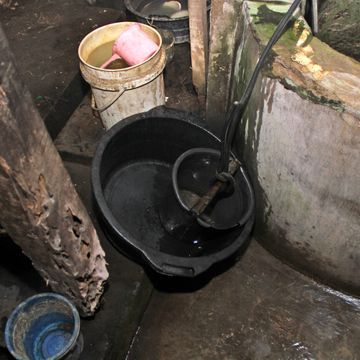
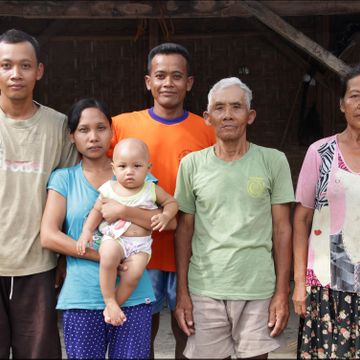
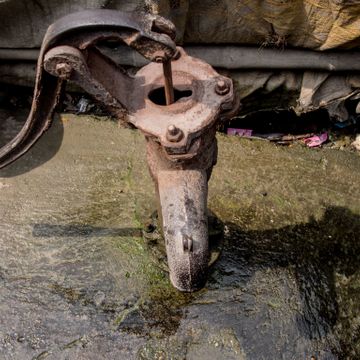
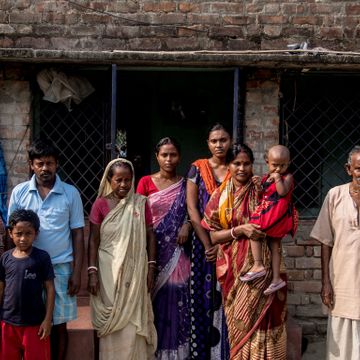

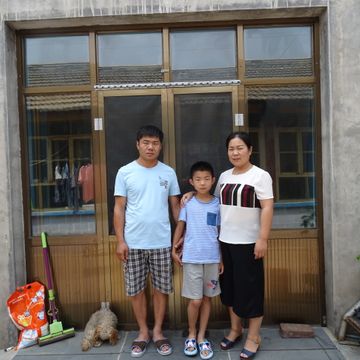
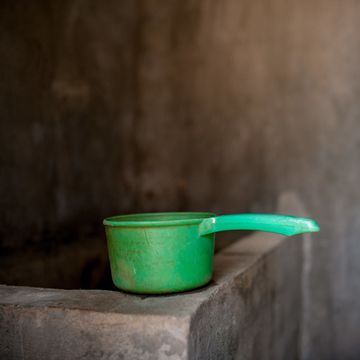
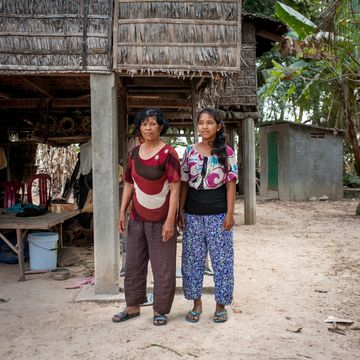
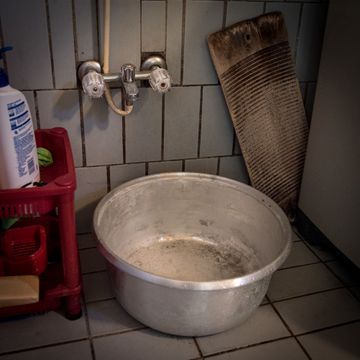
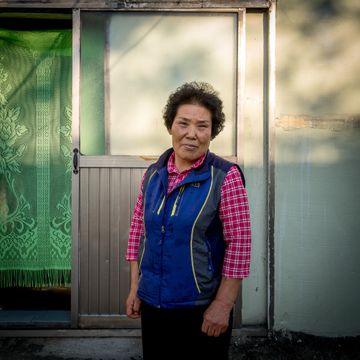
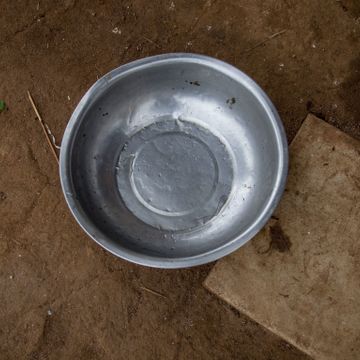
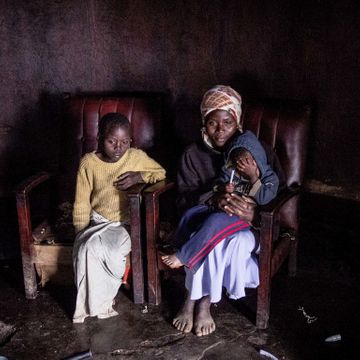

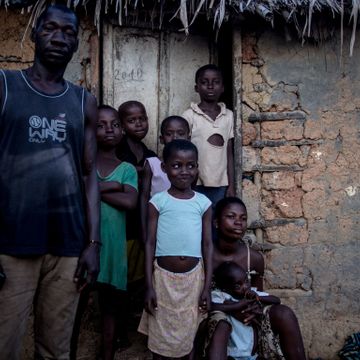

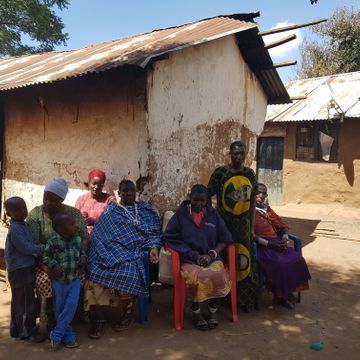

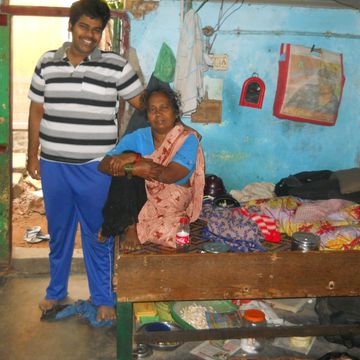
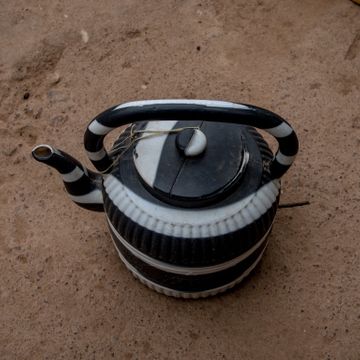
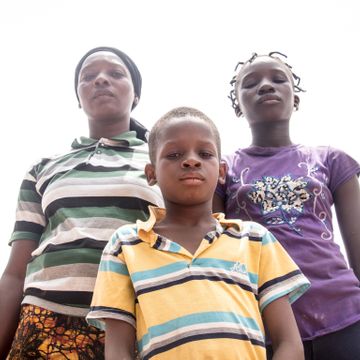
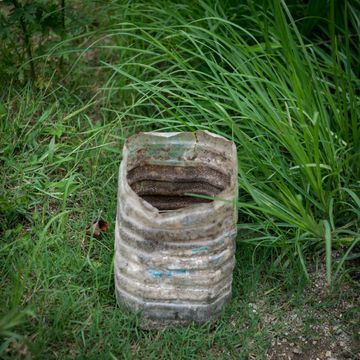
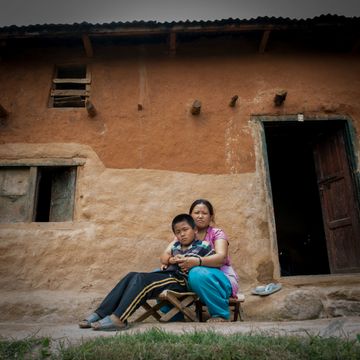
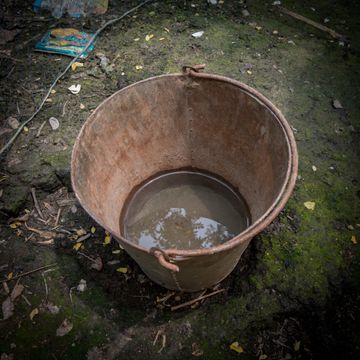

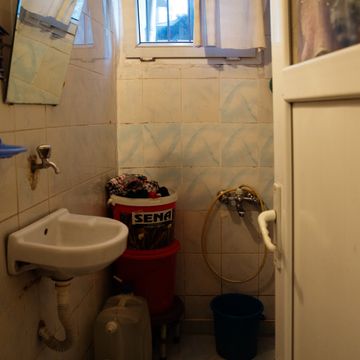


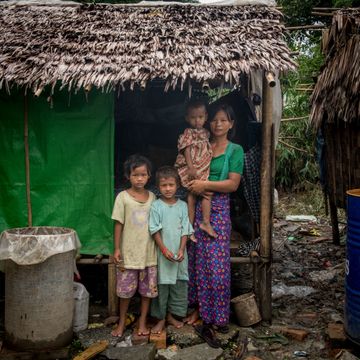
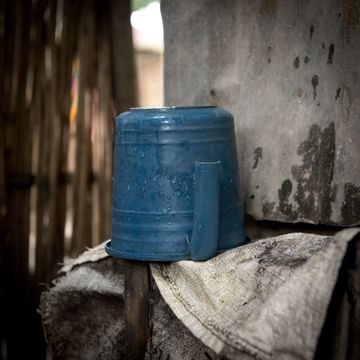

Source: Gapminder Dollar Street project
Handwashing facilities at home are categorized as basic (facilities on premises with soap and water), limited (facilities on premises, but lacking soap or water), or no access.
Handwashing with water and soap at home at key times such as after using the toilet or before preparing food is critical to protecting the household from diseases. In 2017, 60 percent of the world’s people had access to basic handwashing facilities.
In Sub-Saharan Africa, many households lack handwashing facilities
People using basic handwashing facilities, 2017 (% of population)
Source: WHO/UNICEF JMP for Water Supply, Sanitation and Hygiene. WDI (SH.STA.HYGN.ZS)
Countries with low access to basic handwashing facilities at home are concentrated in Sub-Saharan Africa. Democratic Republic of Congo, Liberia, Lesotho, and Rwanda have particularly low access rates (less than 5 percent).
South Asia also has countries with low access to basic handwashing facilities at home. Less than 40 percent of people in Bangladesh and Afghanistan have access, as do 48 percent of people in Nepal and 60 percent of people in India. This problem is especially severe in rural areas. In Afghanistan, 64 percent of urban dwellers have access compared with 29 percent of rural dwellers.
And not just in the home
It is vital that water, sanitation, and hygiene services—including handwashing—also be available in settings where people spend time outside the home—for example, in health care facilities and schools.
Some health care settings lack basic facilities for hand hygiene
Proportion of health care facilities with basic handwashing facilities, 2019 (%)
Note: Includes the 10 countries with lowest access to handwashing facilities in health care facilities (of 21 countries with data).
Source: WHO/UNICEF JMP for Water Supply, Sanitation and Hygiene.
In health care facilities, proper hand hygiene is essential to protecting patients as well as workers from infections.
Basic handwashing facilities in health care consist of either alcohol hand rub or a basin with water and soap at points of care and in toilets. Around the world many health care locations lack these basic facilities. In Bangladesh, China, Guinea-Bissau, Malawi, and Niger less than half of health care facilities have basic handwashing facilities.
Handwashing in schools is included under the SDG target 4.a (specifically indicator 4.a.1). Young children are at high risk of illness through the transfer of germs at school. Schools are also a place where good hygiene habits can be established. About 43 percent of schools worldwide do not have basic hygiene access (handwashing facilities with water and soap). Low access at schools is prevalent not only in low-income countries but also in upper-middle-income countries such as Libya and the Marshall Islands.
Handwashing facilities are not available in many schools
Proportion of schools with basic handwashing facilities, 2019 (%)
Note: Includes the 30 countries with the lowest access to handwashing facilities in schools (of 110 countries with data).
Source: WHO/UNICEF JMP for Water Supply, Sanitation and Hygiene.
For the past two decades access to water, sanitation and hygiene services has steadily increased in many parts of the world. But inequality in access persists in some low- and middle- income countries. People living in rural areas, and people from the poorest households are more likely to be disadvantaged in access to water and sanitation services.
Access to safely managed water and sanitation services is a crucial part of sustainable development, but many countries still lack the data needed to measure progress. In 2017 about half of countries lacked data on access to safely managed water services and nearly 60 percent lacked data on access to safely managed sanitation services. Accurately evaluating progress on SDG 6 will thus require continued improvements in data collection.
Learn more about SDG 6: Clean water and sanitation
Swipe for the next chart
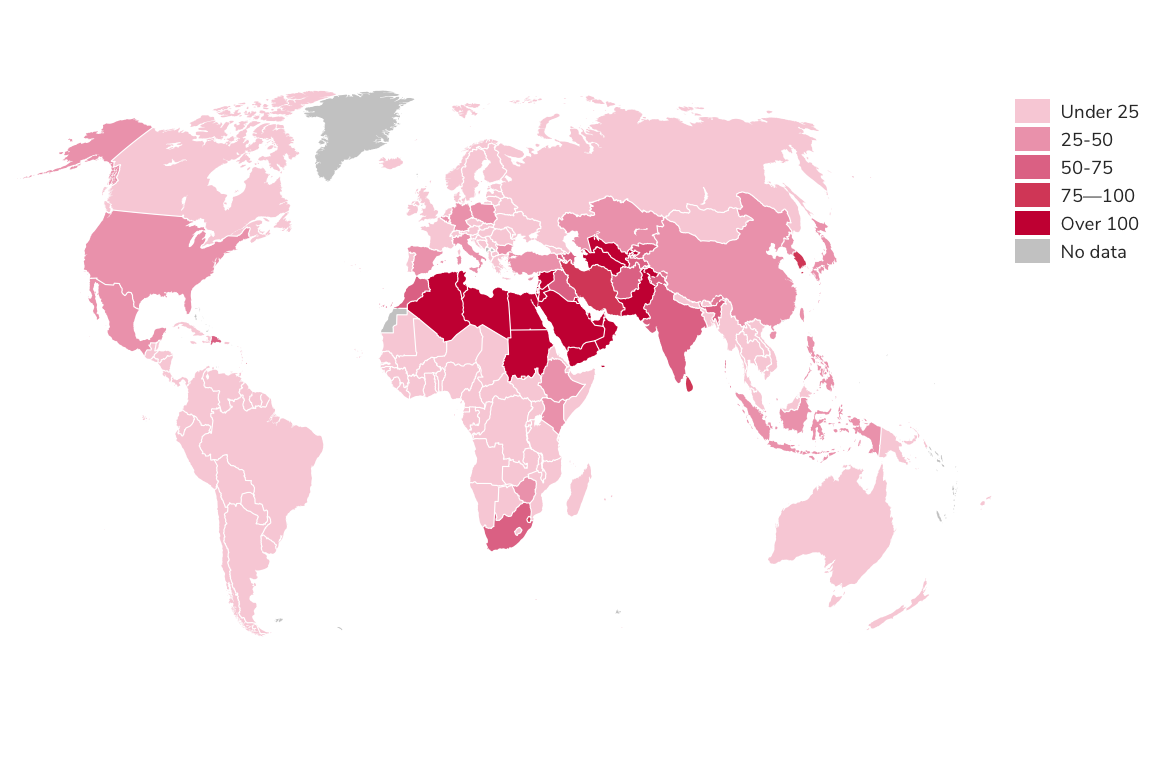
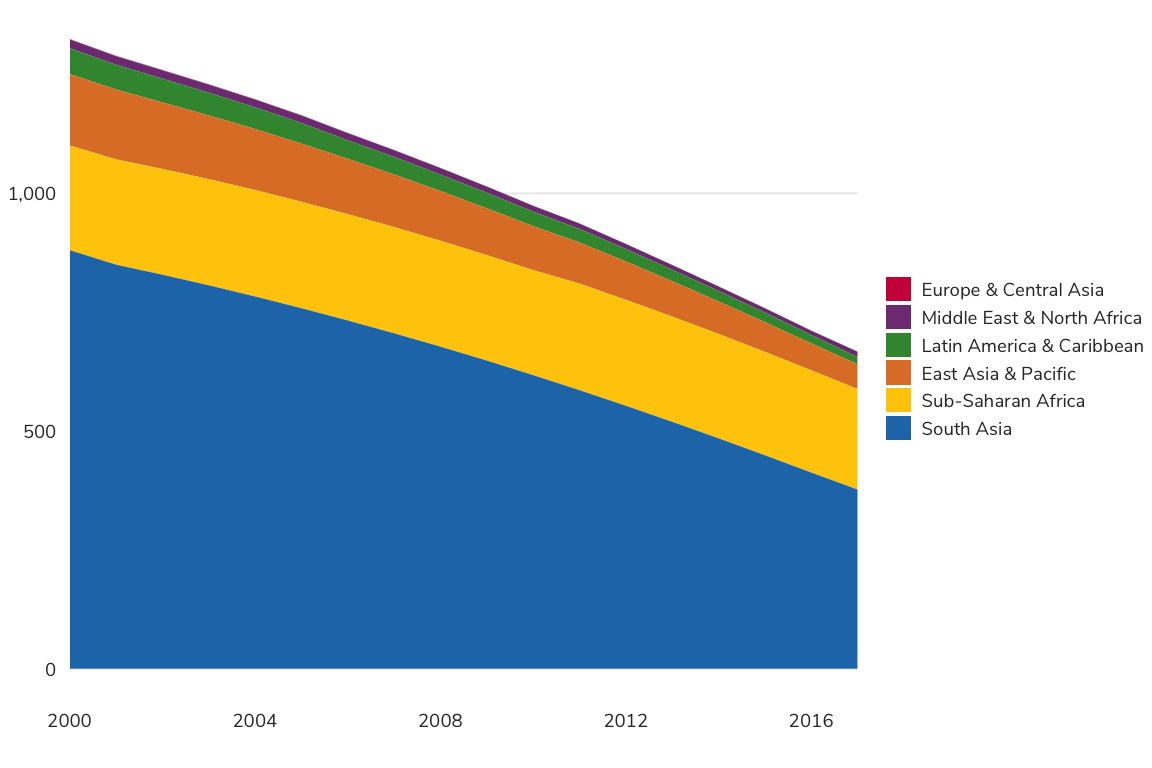
Notes
- WHO (World Health Organization)/UNICEF (United Nations Children’s Fund) Joint Monitoring Programme for Water Supply, Sanitation and Hygiene. 2019 Progress on household drinking water, sanitation and hygiene 2000–2017: Special Focus on Inequalities. New York.↩
- UNICEF. 2018. “Infographic: Get the facts on handwashing” (October 15). ↩
- Based on 77- low and middle-income countries. Access to basic handwashing facilities in high-income countries is assumed to be nearly universal.↩
- Health care facilities include all formally-recognized facilities that provide health care, including primary (health posts and clinics), secondary, and tertiary (district or national hospitals) facilities, public and private (including faith-run) facilities, and temporary structures designed for emergency contexts (such as cholera treatment centers). Points of care are defined here as any location in the outpatient setting where care or treatment is delivered (that is, consultation or exam rooms).↩